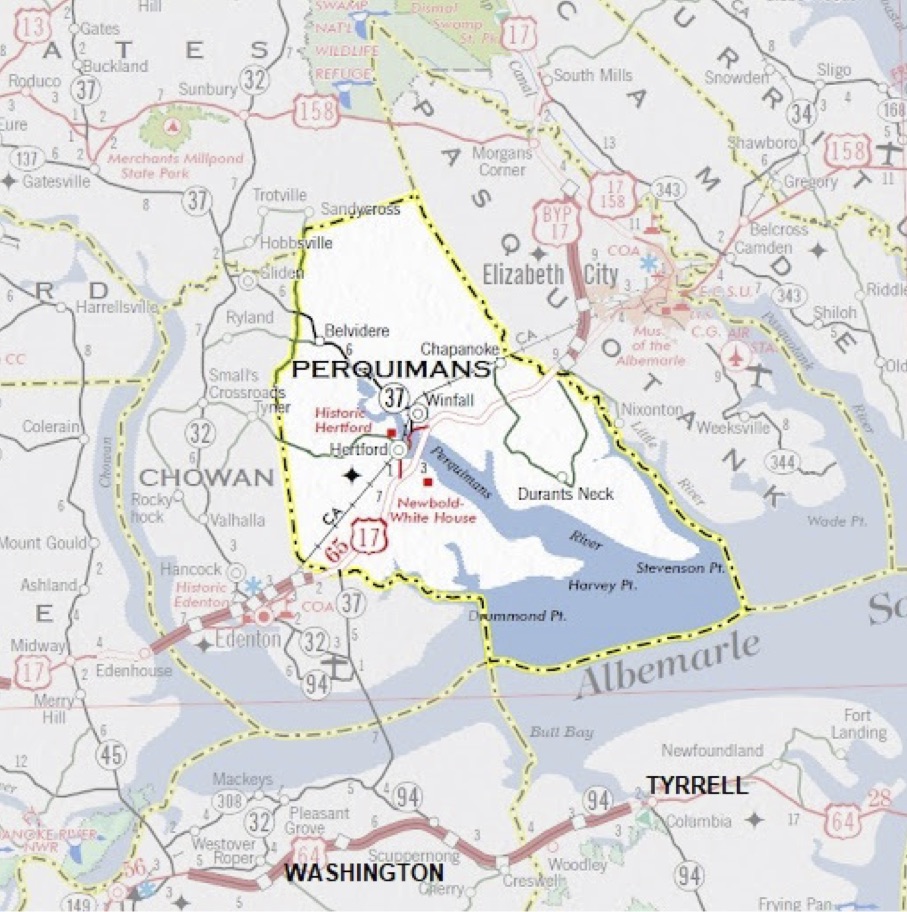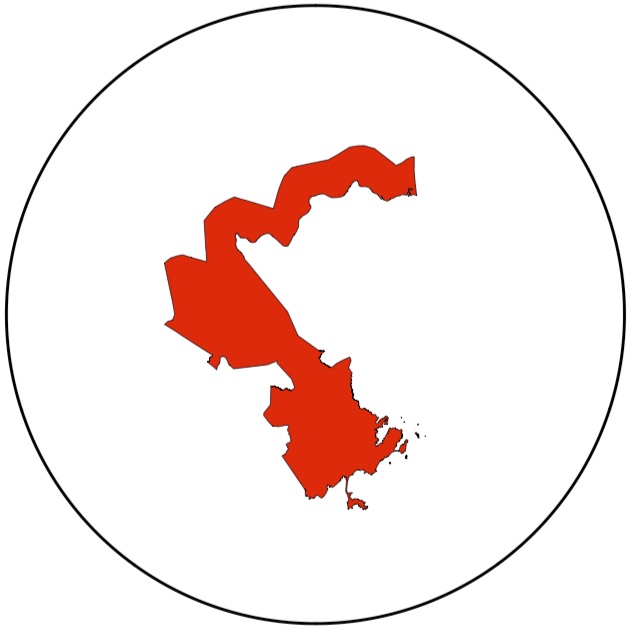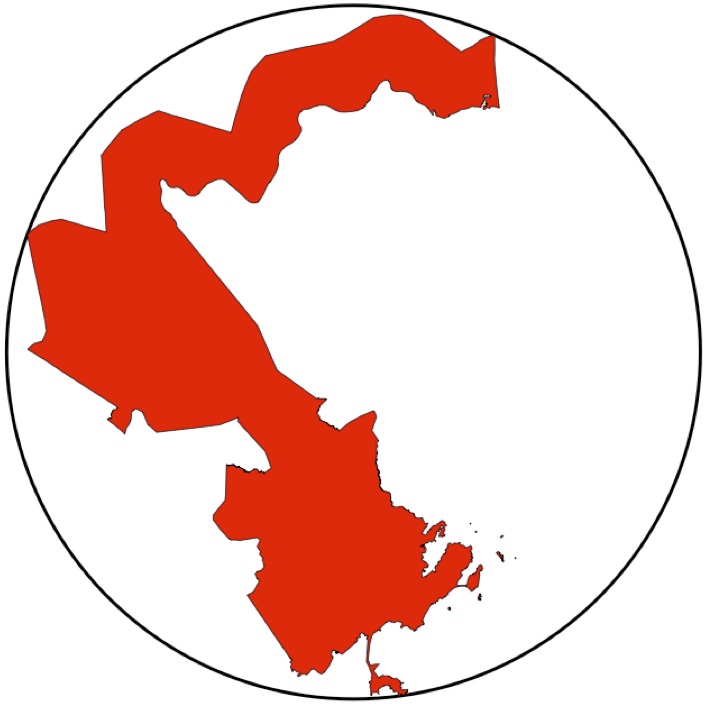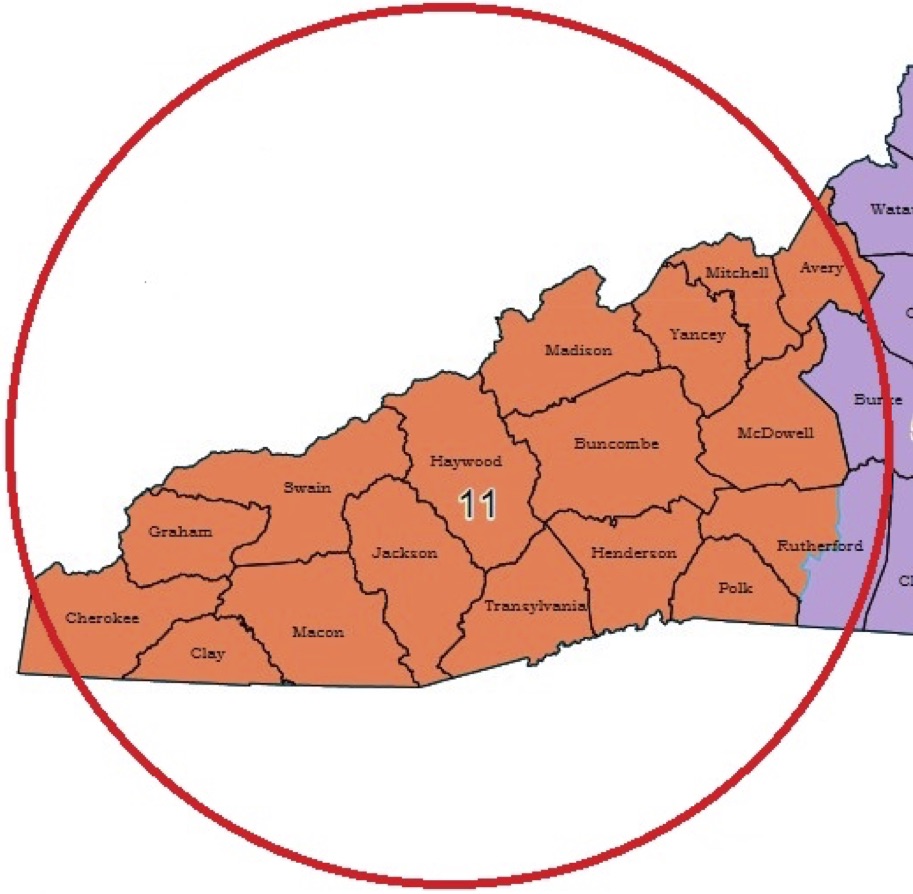- Congressional districts must be equal in population, but legislators have some flexibility regarding population equality when drawing state legislative districts
- Districts must be contiguous, and the rules are precise about what counts as contiguous
- Districts are required to be compact, but North Carolina’s geography often makes that impossible
The North Carolina General Assembly House Committee on Redistricting and Senate Committee on Redistricting and Elections adopted redistricting criteria in a joint meeting on August 12.
Part 1 of this series examined criteria related to political boundaries (counties, municipalities, and precincts). This part looks at criteria related to geography other than political boundaries (contiguity, compactness, and equal population). Part 3 reviews what map drawers may not consider (election data, racial data) and nonmandatory considerations (member residence, communities of interest).
Equal Population
Each section will begin with language taken directly from the criteria adopted by the joint redistricting committees. Here are the criteria adopted concerning districts being equal in population:
-
Equal Population. The Committees will use the 2020 federal decennial census data as the sole basis of population for the establishment of districts in the 2021 Congressional, House, and Senate plans. The number of persons in each legislative district shall be within plus or minus 5% of the ideal district population, as determined under the most recent federal decennial census. The number of persons in each congressional district shall be as nearly as equal as practicable, as determined under the most recent federal decennial census.
The first sentence, about the decennial census being the sole data source to determine the population for drawing districts, is not just filler. North Carolina is one of 17 states that do not explicitly cite the decennial census as the basis for determining population.
The Census Bureau officially listed North Carolina’s population on April 1, 2020, as 10,439,388. That was enough for the state to gain a 14th Congressional District. Finding the ideal district population is simply a matter of dividing the population by the number of districts. That makes an ideal population of 745,670 for each of North Carolina’s 14 congressional districts, 208,788 for each of the 50 N.C. Senate districts, and 86,995 for each of the 120 N.C. House Districts.
The “within plus or minus 5% of the ideal district population” for state legislative districts gives legislators some flexibility when drawing those districts. That makes it easier for them to preserve county borders and, where practical, municipal borders. For example, Johnston County’s 2020 population of 215,999 is within 5% of the ideal N.C. Senate district population of 208,788, meaning that the county will contain one Senate district.
Legislators have less flexibility for congressional districts due to a stricter one-person, one-vote criteria for federal races. The U.S. Supreme Court held in Karcher v. Daggett (1983) that a variation of less than one percent from the ideal district population in New Jersey was not acceptable because the districts they drew “were not the result of a good-faith effort to achieve population equality” but instead made to favor Democrats. The General Assembly has responded to that ruling by drawing congressional districts that only vary by no more than one person, forcing them to split voting tabulation districts (VTDs, precincts).
Contiguity
Here are the criteria regarding contiguity:
-
Contiguity. No point contiguity shall be permitted in any 2021 Congressional, House, and Senate plan. Congressional, House, and Senate districts shall be compromised of contiguous territory. Contiguity by water is sufficient.
Contiguity means that all the territory of a district must be connected. Connecting at a point (for example, opposite corners) does not count as connecting. Contiguity by water does not mean that every place touching the same body of water can be in the same district; they must share a boundary on that body of water.
Both those points are illustrated in Figure 1. Perquimans County is contiguous with Tyrrell County because they share a water boundary. Perquimans County is not, however, contiguous with Washington County, because they share a boundary only at a point.

Figure 1: Map of Perquimans County. Source: N.C. State University Libraries
Compactness
Here are the criteria for compactness:
-
The Committees shall make reasonable efforts to draw legislative districts in the 2021 Congressional, House and Senate plans that are compact. In doing so, the Committee may use as a guide the minimum Reock (“dispersion”) and Polsby-Popper (“permiter”) scores identified by Richard H. Pildes and Richard G. Neimi in Expressive Harms, “Bizarre Districts,” and Voting Rights: Evaluating Election District Appearances After Shaw v. Reno, 92 Mich. L. Rev. 483 (1993).
The reference to Expressive Harms by the joint committee indicates that they are viewing compactness as a means of analyzing compliance with voting rights, particularly the Voting Rights Act. Shaw v. Reno, referenced by the writers of that article, was a 1993 U.S. Supreme Court case in which the justices ruled that the shape of North Carolina’s then-serpentine 12th Congressional District was sufficiently “bizarre” to consider it an attempt to divide voters artificially by race in violation of the Equal Protection Clause of the 14th Amendment.
One of the tests of “bizarreness” in legislative districts is compactness, the idea that a district’s voters should live as close to each other as possible. There are several mathematical formulas for measuring compactness. Legislators chose to use two of the most common, both of which compare drawn districts to a circle. Both tests produce a score between 0 and 1, with 1 indicating that the district is a perfect circle.
The Polsby-Popper test is the “ratio of the area of the district to the area of a circle whose circumference is equal to the perimeter of the district.” This test basically measures the total length of the district’s boundaries and stretches those boundaries out to a circle. It then compares the area of the district to the area of that circle. Figure 2 illustrates the Polsby-Popper test.

Figure 2: Illustration of the Polsby-Popper test. Source: Measuring Compactness
The Reock Score is the “ratio of the area of the district to the area of a minimum bounding circle.” In this test, the district is placed within the smallest circle that can contain it. The area of the district is then compared to the area of the circle containing it. Figure 3 illustrates Reock Score.

Figure 3: Illustration of Reock Score. Source: Measuring Compactness
Compactness must be understood within the context of North Carolina’s geography. For example, the 11th Congressional District in western North Carolina, depicted in Figure 4, is as compact as it can be but would fare poorly when measured by either the Polsby-Popper test or Reock score.

Figure 4: Map of 11th Congressional District compared to a circle, indicating that it would score poorly on either of the tests selected by the General Assembly to assess district compactness.
So it would be too much to expect high compactness scores for many districts, even if legislators attempt to make them as compact as possible.


